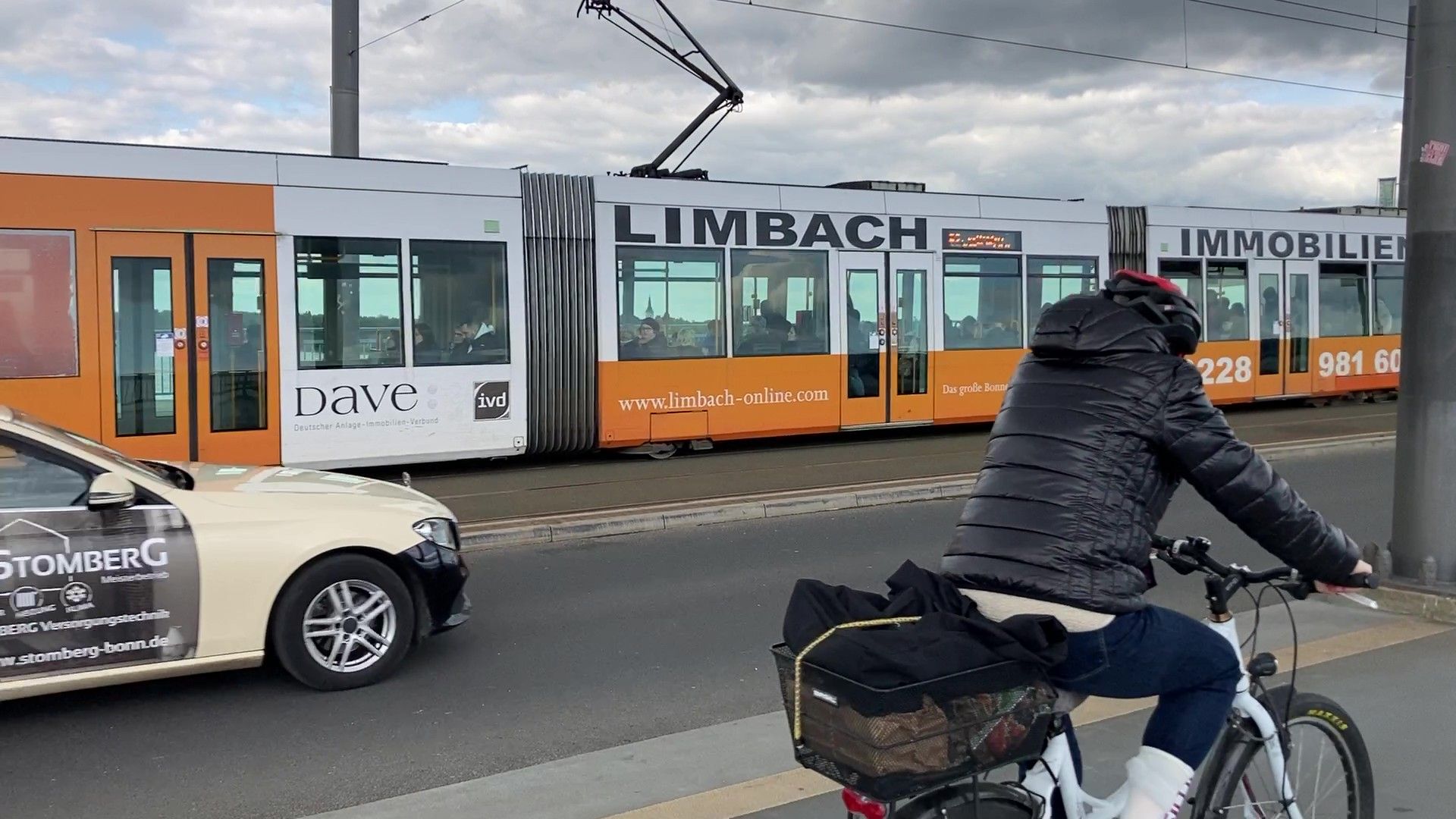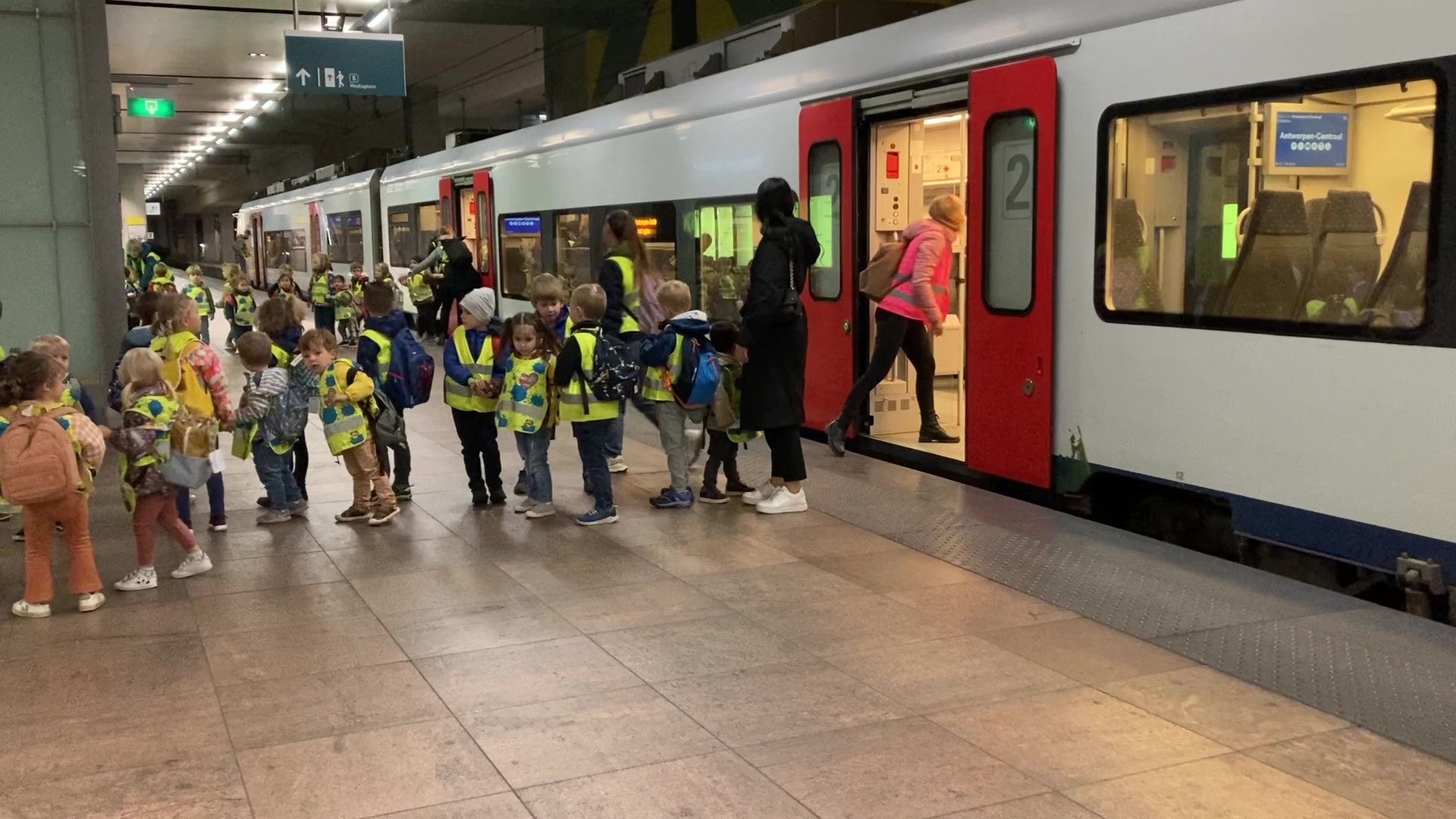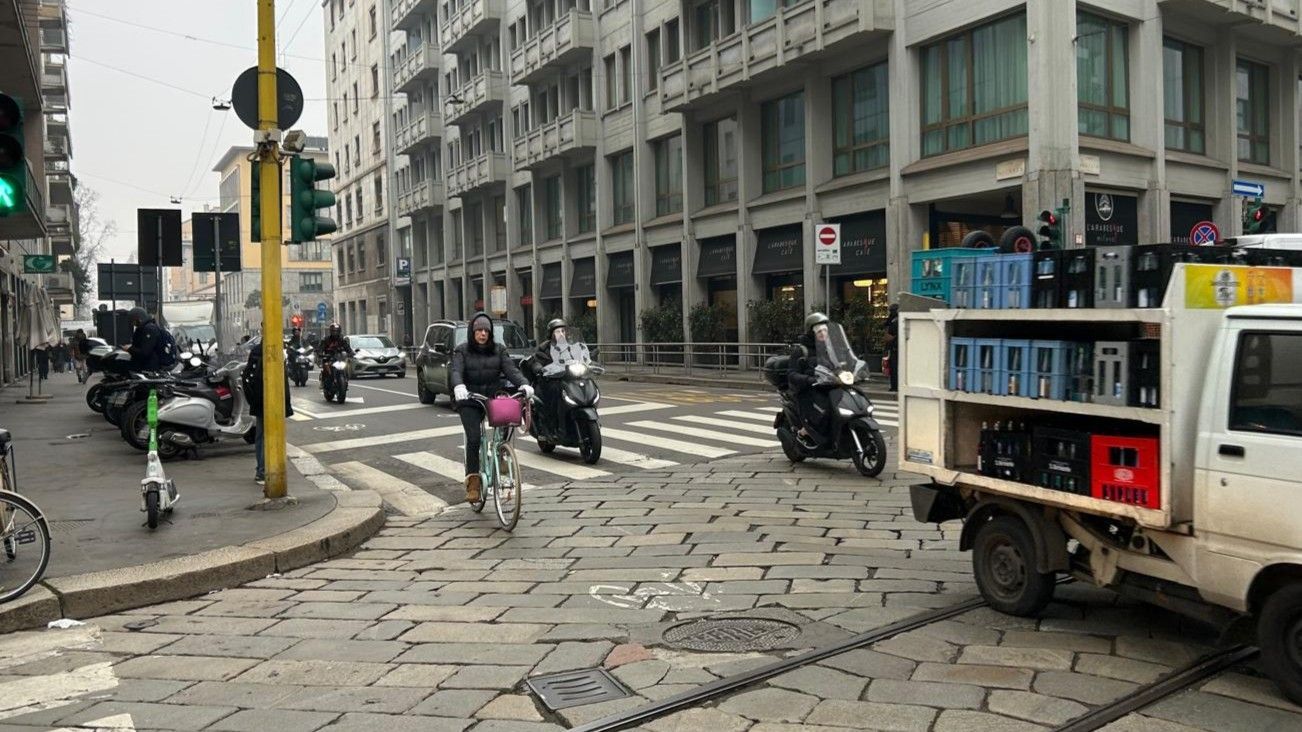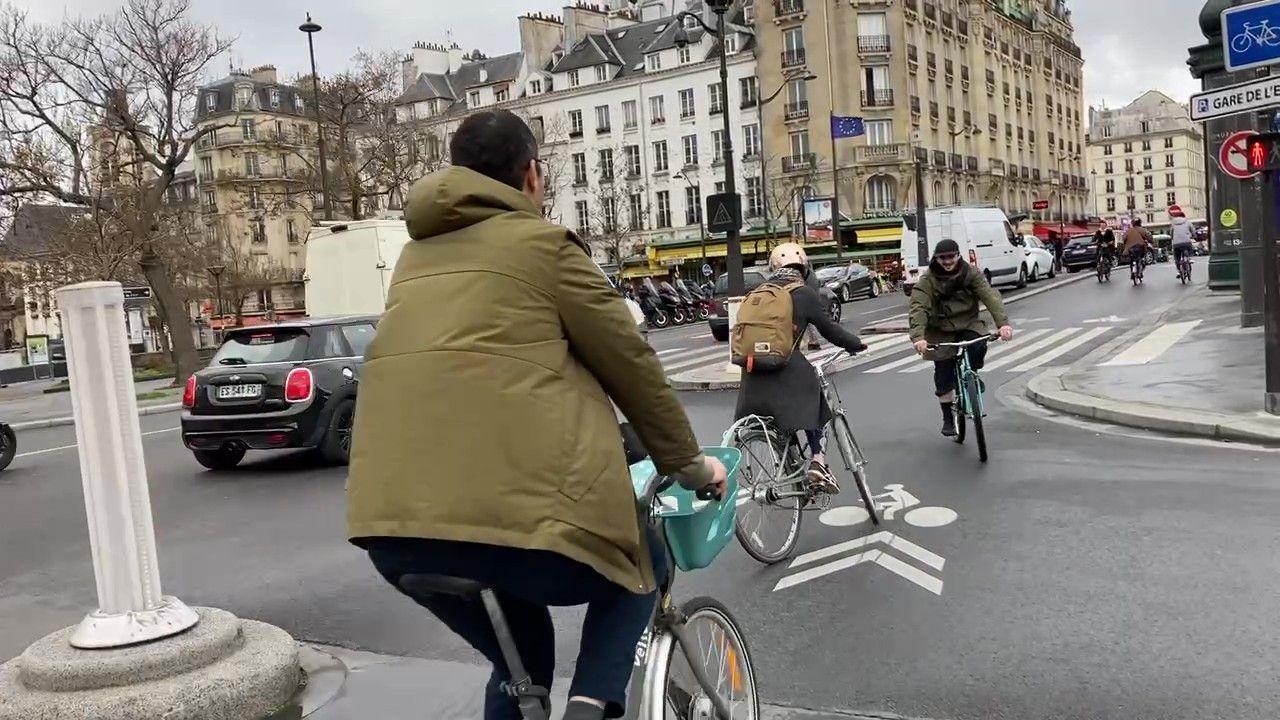The bathtub curve. How to start operating a new project
The bathtub curve. How to start operating a new project

I remember when I was told about the bathtub curve, I listened to it with skepticism, as if it didn't fit me. Life would later show me that not only that analogy made sense, but that there was much more to it. As always, the stubborn reality gives the occasional twist to books and words.
The bathtub curve in a nutshell is a curve that measures the rate of failures, incidents or errors over the time of a project. As a consequence it also measures additional costs, effort and grey matter needed to mitigate the above.
The theory is quite simple, once a project is launched, be it a means of transport or an industry, it starts a phase in which the facilities are used to produce goods or services, the first steps of this path have very high rates of failures, incidents or errors, over time this curve descends and flattens, remaining constant for years until it increases again just in the last phases of life, so it draws a longitudinal section of a bathtub of the old ones, as it is a symmetrical section unlike any bathtub of today.
I am going to tell from my experience the first half of the curve, since the second half of the curve I have not lived it and it seems to me rather an adventure worthy of the every man for himself, since we would be speaking about the end of the useful life of some facilities, with what it entails, that I repeat, I have not lived it nevertheless everybody can get an idea of the chaos that it can provoke.
Let's say that a project begins to operate in very early hours, long before drafts and studies, this exercise of imagination must accompany at all times the developers of the design and construction, as it is the ultimate meaning of their work. Unfortunately, I have seen in my own experience that both contractors and managers lose sight of the goal, and often get involved in fruitless fights, leaving behind a trail of bad atmosphere. It is right that everyone has to look out for their own interests, without losing the common good for which they are working. So it makes sense to remember and study the functionalities for which you are working, a specific technical support in this regard is more than advisable, it helps not to get lost in the lush forest of a thousand possibilities. To specify is necessary, and to specify leaving several possibilities open is even more necessary. However, as nobody has the absolute truth, and there will always be new needs and changes of plans, it is a very good strategy if it is done in good time and in a good tone.
Once the inauguration and the pertinent photos and press releases have been taken, it is time to get going. And as in the previous case, the project starts a few months beforehand by allocating costs, which could be called pre-operational, mainly involving the hiring of staff, their training and the so-called blank run, which is nothing more than the testing of the service without customers, for example, in the case of a means of transport, the movement of trains, streetcars or buses, testing various operating and emergency scenarios. Pre-operational costs are not usually very popular with project promoters, as they are not usually accounted for and involve an opportunity cost, since each day of idle running is one day less of commercial running. We could say without a hint of error that the blank run helps to go through the first part of the bathtub curve without consequences for the public, or what is the same, failures and errors are detected internally, they are corrected and there are no consequences for third parties.
Once the public enjoys the good or service, 4 types of failures/errors/incidents can be distinguished: operational, installations and equipment, customizations and new needs.
Operational faults, errors and incidents
In this case it is a matter of adjusting the way of proceeding under normal and emergency conditions. We would be talking about a wide range of possibilities, so to approach this chapter at the beginning we have to go to the most frequent cases and once they are solved, we can go to the rest. The most frequent case is solved with the operation plan, which tries to define the necessary day-to-day activities, put responsible and resources. The operation plan is a living and continuous document that adapts to both customers and workers. An example of this plan would be to define the work shifts, a shift could be to enter at 6:00 a.m. take train nº 301, drive it to station B, start commercial service, at 8:00 a.m. rest at station E, take train nº 305, ..., at 15:00 leave train nº304 and finish service.
If we move to a more specific level we find the incidents when executing the operational plan, the most common are usually, for example, not having the resources assigned to a work shift, or because the train has broken down or delayed, or because the operator is not at his work station, this type of incidents have already been identified in advance and the plan itself is designed to have an operating margin to absorb them. Other common and not discounted incidents can be keys that get stuck, driving errors such as skipping a red signal, maintenance errors such as inadvertently pressing an emergency stop button. As a result, procedures are drawn up, training is carried out and/or equipment or installations are modified. This is a very intensive work in the first years of operation that loses steam as the machine is greased and stabilized.
Failures/errors/incidents in installations and equipment
No matter how many tests are carried out beforehand, installations, systems and equipment have unavoidable youthful errors, which can and do influence the operation, and not in a good way. We would be talking for example about relays that cause train stoppages, communication problems that disable the signaling system, causing all trains to run at safe speed, going from 50 km/h to 20 km/h, or incidents in the power system due to the calibration of the protections, leaving the catenary without power and consequently causing the stoppage of trains on the line. These incidents, of wide spectrum and casuistry, again require a detailed analysis, defining in advance what to do, in case they occur, and modifying the installations and equipment so that they do not happen again. As in the previous case, a lot of gray matter and resources are needed to reach that oasis of stability, which, although an ideal situation, is reached with time.
Customizations and new requirements
In the case of customizations we refer to changes that arise to customize software, equipment and installations. In the case of new projects, the end user is not involved in the design, mainly because he is not yet contracted, so even if one tries to imagine his needs, due to the diversity of operators, there will always be those who think that the tools of his work can be improved. As they are opinions, it is important to detect which ones are a priority, which ones make sense and which ones do not, and try to make as few as possible or none at all. That is my opinion, which as an opinion can be taken into account or not, since any project can be improved until the complete ruin of its promoter, as a great engineering professional used to say. Centering the shot and reasoning the opinion, the facilities and systems are delivered, any change in them implies a high cost in development, testing and commissioning, on the other hand, there is part of the human spirit that is very inclined to change their environment rather than adapt to it, so no project will convince all its users, with this, the best thing to do is to try to convince and better train operators to hook them to the tools they have. As for the other cases, it requires a great investment of time and resources, which will surely be better than making any change in software or equipment.
With all this and with time, new needs arise, which after the initial adaptation of the operators, require study and response, to maintain the engagement to the project of its workers and to adapt the project to the new times that are coming.
In summary, the initial phase of project operation requires a lot of effort and grey matter, which should translate into more resources and costs. It is recommended for new projects, or substantial changes to existing ones, to invest in this phase in order to shorten it as much as possible and reach the desired stability. The investment will result in less impact for travelers and more peace of mind for the organization.






